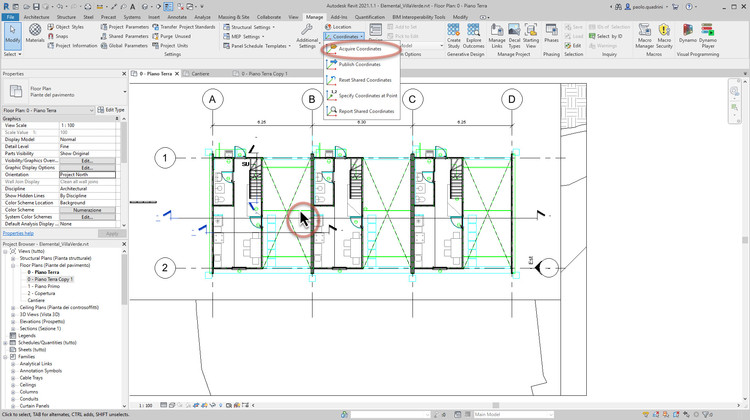
Revit is a parametric and multidisciplinary design software that can virtually create and insert any building within a BIM process. Revit is not a true modeler, but an aggregator of construction components governed by a series of specific rules. In order to avoid issues within the Revit project, it must be set up carefully. Since each project has different characteristics and requirements, there is no standard procedure when starting a new one. However, becoming familiar with various situations and their necessary steps will greatly help.
Projects of a certain BIM depth have specified provisions within the BEP (BIM Execution Plan) [1], a document that greatly supports the design process while outlining the objectives, the LoD (Level of Development) [2] and BIM Use [3] of the project.


